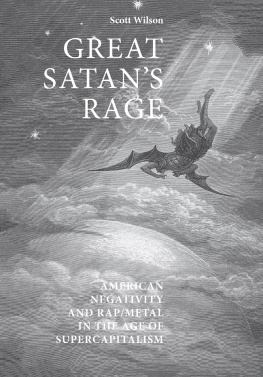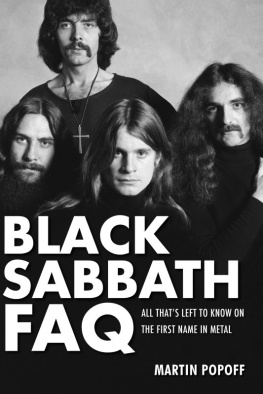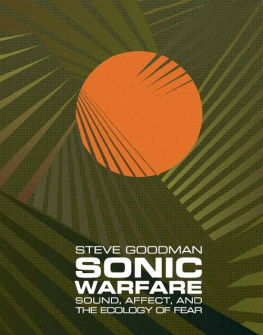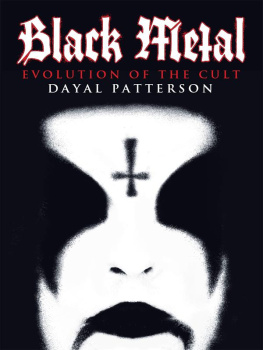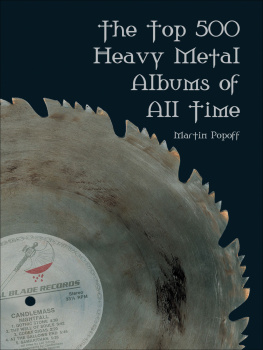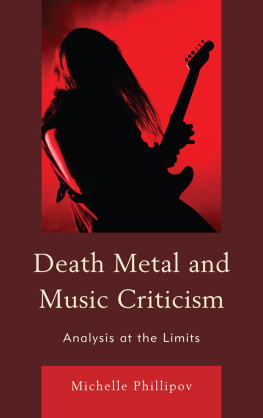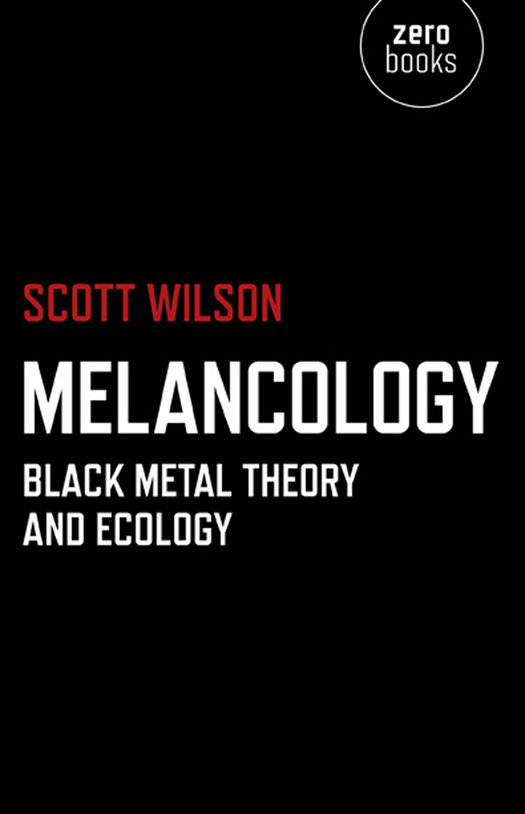First published by Zero Books, 2014
Zero Books is an imprint of John Hunt Publishing Ltd., Laurel House, Station Approach, Alresford, Hants, SO24 9JH, UK
www.johnhuntpublishing.com
www.zero-books.net
For distributor details and how to order please visit the Ordering section on our website.
Text copyright: The Authors 2013
ISBN: 978 1 78099 189 4
All rights reserved. Except for brief quotations in critical articles or reviews, no part of this book may be reproduced in any manner without prior written permission from the publishers.
The rights of the authors have been asserted in accordance with the Copyright, Designs and Patents Act 1988.
A CIP catalogue record for this book is available from the British Library.
Design: Stuart Davies
Printed and bound by CPI Group (UK) Ltd, Croydon, CR0 4YY
We operate a distinctive and ethical publishing philosophy in all areas of our business, from our global network of authors to production and worldwide distribution.
Catena
The words are barely discernible, thin, fragile shapes formed out of the hoarse yet bellicose raging of a desiccated, cadaverous throat, leprous, shredded; its death-rattled breath conveyed by the thundering vibrations of drums breathlessly pummelled without pause. There is no rock n roll backbeat here, just a furious cacophony. Voice smashed and sliced open by explosions of percussion challenging the darkness, buzzing guitar chords rising and falling up the scale, lurching, striving like a swarm of ravenous insects dipping and swerving in the frozen, airless void, defying gravity, seeking the taste of death
Scott Wilson Introduction to Melancology
Melancholy is experienced as both a heightened contemplation of heavenly mysteries and a depressive submergence into thing-like muteness. Frozen in a philosophical trance indistinguishable from catatonia, melancholy sage and melancholy idiot join in aping the posture of a corpse. This distortion of temporality is also a distortion of tempo: melancholy models a time that is at once ancient and to come, and, accordingly melancholy keeps a time that is at once fast and slow.
Drew Daniel, Corpsepaint as Necro-Minstrelsy, or Towards the Re-Occultation of Black Blood
The black metal musician is not subdued by solar tyranny, but opens him/herself to the abyss through defilement and necrophilic mess. In this space life feasts on death, and the black metal persona is laid opened.
Aspasia Stephanou, Black Sun
Melancology and the blackening of the green treads into the blackness of the forest to the point where there is no forest; the eternal forest where all things seem to have deceased (Absurd, Deep Dark Forest, 1996).
Niall Scott, Blackening the Green.
Once when Merwan was banging his head on the floor at home, his mother heard a thudding sound coming from his room. [he] had blood all over his face. Crying she asked, Merog, have you gone mad? Are you totally mad? Wiping the blood off with a towel, he said, I am not mad! I have become something else! Bang your head into a black hole, make space for the worm to crawl. Black metal is the spice, boring into my skull. Ego sum vermis et non homo (Psalm 22.6), For I am a worm and not a human.
Nicola Masciandaro, WormSign
The music itself is a kind of dry sterile thunder, performing its own collapse into the earth, into its black space. It waits for rain, for the stench of life: the cycle is renewed, but only through breaking the dead grip of self-reflection. This is larval music, in a process of becoming without clear ends.
Steven Shakespeare, Shuddering: Black Metal on the Edge of the Earth
It is as the lightening which gives a dense and black intensity to the night it denies: Not here! It cries. Not that! The lightening flashes, and is gone, and the pitch-black night sky rejoices; primordial order, status quo. In the methodology of black metal then, in imagining a black metal art history, it has been integral to define the sonic and visual language of black metal by its absence, by its formlessness, its crevices, and its voids.
Amelia Ishmael, Black Metal in the White Tower: Metals Formless Presence in Contemporary Art.
The main characteristic and novelty of black metal is indeed not to bring the worlds mysteries to light but to increase them much as the moon with its white beams does not diminish but increases the shimmering mystery of night.
Liviu Mantescu, In the Abyss of Lies
While for some bands the chthonian earthing of mans existence abounds, for still others seek to oppose this gravity and fly with the skies, rather than the earth, at their feet. To the mountains!
Dominik Irtenkauf, To The Mountains: The implications of Black Metals Geophilosophy
On this occasion, I do not venture a claim of the fundamental politics beneath the intent to talk about melancology nor to jibe at the fact that similar ecological-aesthetic inheritances run very close to a fascist political-aesthetic inheritance. All the same, it must be held in the air. It does not mean necessarily that melancology is fascistic. It does mean that fascist aesthetics are melancological.
Evan Calder Williams, The Hot, Wet Breath of Extinction
Black metal presents a music that negates some aspect of musical form a song against all melody, a rhythm against all tempo, and a harmony against all tonality. What results is not an absence of music per se, but rather a form of anti-music expressed through music. At its limit, black metal brings us back to an even more basic distinction that between music and sound the former continually threatening (or promising) to dissolve into the latter.
Eugene Thacker, Sound of the Abyss
My wager is that the inhumanness of black metals blackening is in fact more ecologically useful than reliance on either the image of humans reunited with nature or with an original home earth, a tranquil Edenic earth as originary ark, or any other paganesque purification of the planet that Wolves in the Throne Room have sonically engineered, narrated, and continue to support.
Ben Woodard, Irreversible Sludge: Troubled Energetics, Eco-purification, and Self-Inhumanization
In black metals buzzing, its musca amusica, sound takes flight, the noise of Baal Zebbs divinely inexistent ascension, into the heart of the impossible. The sound resonates along a vector of amusical ex-sistence towards an altogether other, nonanthropomorphic environment. Collective and multiple, through compound eyes / I envision eternity (Lugubrum, Attractive to Flies).
Scott Wilson, Musca Amusica
The impulse [of Black Metal Theory] from the beginning has been for something that goes beyond, without necessarily precluding, diagnostic or analytical discourse about black metal. No one merely listens to music, without participating in it. It is an object that infects and possesses the subject. So philosophy stands for the practice of thought, for thought as participation, as more than just studying or thinking about something. On this point black metal theory opposes the perverted secret identity between fan and philosopher in contemporary culture, namely, the situation according to which the fan is an unconscious or sleeping philosopher and the philosopher a mere fan.
Dominik Irtenkauf & Nicola Masciandaro



